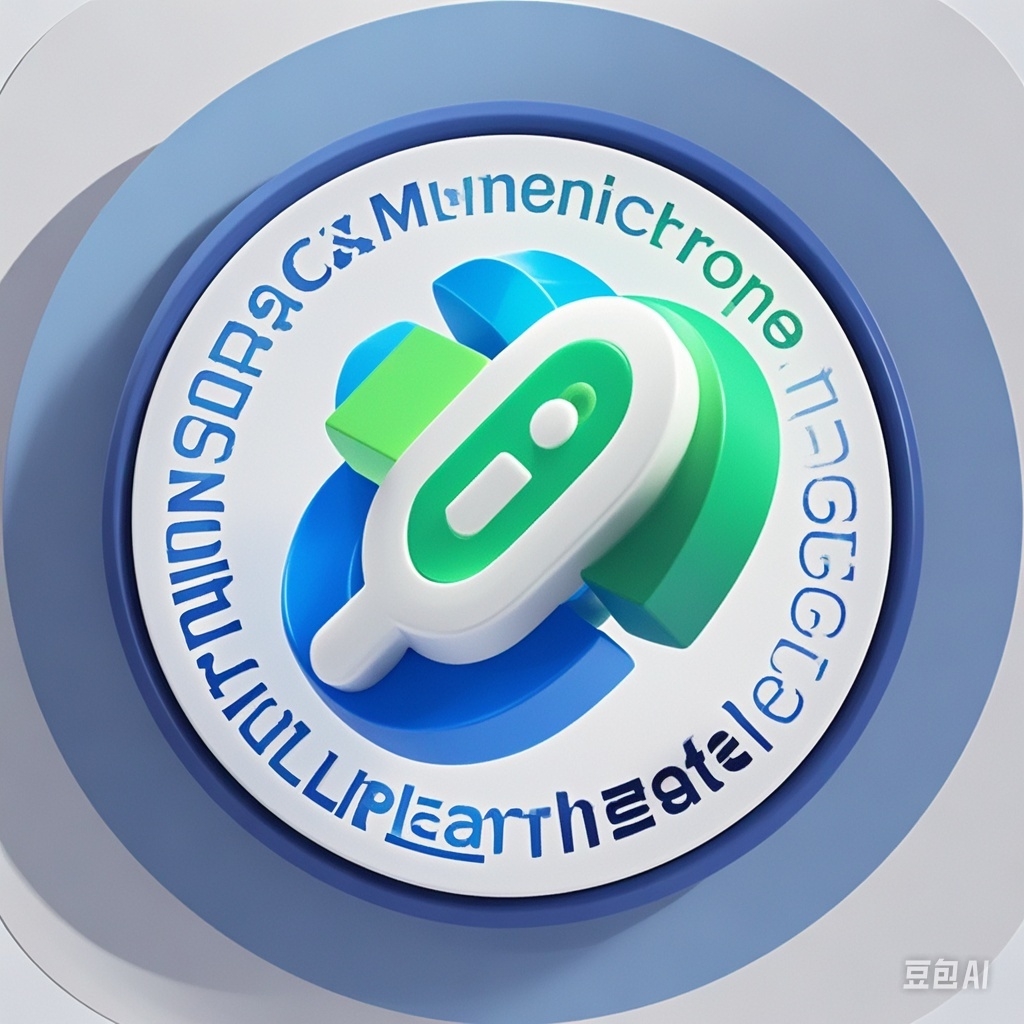获取结果失败,请稍后再试。

智能问答助手

结合文献知识库,保留通用大模型的能力,为您提供知识问答服务!
通用大模型
RAG知识库问答

为研究青藏高原冻土流域土壤温湿度变化特征,在唐古拉冻土流域基于多源遥感(SMAP、ESA CCI)监测数据进行表层土壤温湿度的时空分布刻画,基于地面实测站点(唐古拉冻土气象站、DFIR冻土积雪气象站)数据进行不同深度土壤温湿度的动态分析,并进行遥感与地面站点表层土壤温湿度的对比研究。结果表明,唐古拉冻土流域海拔较低处土壤温度高于海拔较高处,流域东部土壤湿度高于西部;土壤温湿度变化随着埋深加深明显滞后,且冻结期土壤湿度呈现出明显的两段式下降趋势;SMAP土壤温湿度数据与地面站点监测数据相关性较好,相比ESA CCI数据,SMAP数据准确度更高。
为研究青藏高原冻土流域土壤温湿度变化特征,在唐古拉冻土流域基于多源遥感(SMAP、ESA CCI)监测数据进行表层土壤温湿度的时空分布刻画,基于地面实测站点(唐古拉冻土气象站、DFIR冻土积雪气象站)数据进行不同深度土壤温湿度的动态分析,并进行遥感与地面站点表层土壤温湿度的对比研究。结果表明,唐古拉冻土流域海拔较低处土壤温度高于海拔较高处,流域东部土壤湿度高于西部;土壤温湿度变化随着埋深加深明显滞后,且冻结期土壤湿度呈现出明显的两段式下降趋势;SMAP土壤温湿度数据与地面站点监测数据相关性较好,相比ESA CCI数据,SMAP数据准确度更高。
为研究青藏高原冻土流域土壤温湿度变化特征,在唐古拉冻土流域基于多源遥感(SMAP、ESA CCI)监测数据进行表层土壤温湿度的时空分布刻画,基于地面实测站点(唐古拉冻土气象站、DFIR冻土积雪气象站)数据进行不同深度土壤温湿度的动态分析,并进行遥感与地面站点表层土壤温湿度的对比研究。结果表明,唐古拉冻土流域海拔较低处土壤温度高于海拔较高处,流域东部土壤湿度高于西部;土壤温湿度变化随着埋深加深明显滞后,且冻结期土壤湿度呈现出明显的两段式下降趋势;SMAP土壤温湿度数据与地面站点监测数据相关性较好,相比ESA CCI数据,SMAP数据准确度更高。
Long-term and high-quality surface soil moisture (SSM) and root-zone soil moisture (RZSM) data is crucial for understanding the land-atmosphere interactions of the Qinghai-Tibet Plateau (QTP). More than 40% of QTP is covered by permafrost, yet few studies have evaluated the accuracy of SSM and RZSM products derived from microwave satellite, land surface models (LSMs) and reanalysis over that region. This study tries to address this gap by evaluating a range of satellite and reanalysis estimates of SSM and RZSM in the thawed soil overlaying permafrost in the QTP, using in-situ measurements from sixteen stations. Here, seven SSM products were evaluated: Soil Moisture Active Passive L3 (SMAP L3) and L4 (SMAP-L4), Soil Moisture and Ocean Salinity in version IC (SMOS IC), Land Parameter Retrieval Model (LPRM) Advanced Microwave Scanning Radiometer 2 (AMSR2), European Space Agency Climate Change Initiative (ESA CCI), Advanced Scatterometer (ASCAT), and the fifth generation of the land component of the European Centre for Medium-Range Weather Forecasts atmospheric reanalysis (ERAS-Land). We also evaluated three RZSM products from SMAP-L4, ERA5-Land, and the Noah land surface model driven by Global Land Data Assimilation System (GLDAS-Noah). The assessment was conducted using five statistical metrics, i. e. Pearson correlation coefficient (R), bias, slope, Root Mean Square Error (RMSE), and unbiased RMSE (ubRMSE) between SSM or RZSM products and in-situ measurements. Our results showed that the ESA CCI, SMAP-L4 and SMOS-IC SSM products outperformed the other SSM products, indicated by higher correlation coefficients (R) (with a median R value of 0.63, 0.44 and 0.57, respectively) and lower ubRMSE (with a median ubRMSE value of 0.05, 0.04 and 0.07 m(3)/m(3), respectively). Yet, SSM overestimation was found for all SSM products. This could be partly attributed to ancillary data used in the retrieval (e.g. overestimation of land surface temperature for SMAP-L3) and to the fact that the products (e.g. LPRM) more easily overestimate the in-situ SSM when the soil is very dry. As expected, SMAP-L3 SSM performed better in areas with sparse vegetation than with dense vegetation covers. For RZSM products, SMAP-L4 and GLDAS-Noah (R = 0.66 and 0.44, ubRMSE = 0.03 and 0.02 m(3)/m(3), respectively) performed better than ERAS-Land (R = 0.46; ubRMSE = 0.03 m(3)/m(3)). It is also found that all RZSM products were unable to capture the variations of in-situ RZSM during the freezing/thawing period over the permafrost regions of QTP, due to large deviation for the ice-water phase change simulation and the lack of consideration for unfrozen-water migration during freezing processes in the LSMs.
Soil moisture is a key variable in the process of land-atmosphere energy and water exchange. Currently, there are a large number of operational satellite-derived soil moisture products and reanalysis soil moisture products available. However, due to the lack of in situ soil moisture measurements over the Tibetan Plateau (TP), their accuracy and applicability are unclear. Based on the in situ measurements of the soil moisture observing networks established at Maqu, Naqu, Ali, and Shiquanhe (Sq) by the Institute of Tibetan Plateau Research, the Chinese Academy of Sciences, the Northwest Institute of Eco-Environmental Resources, the Chinese Academy of Sciences and the University of Twente over the TP, the accuracy and reliability of the European Space Agency Climate Change Initiative Soil Moisture version 4.4 (ESA CCI SM v4.4) soil moisture products and the European Centre for Medium-Range Weather Forecasts Reanalysis 5 (ERA5) soil moisture product were evaluated. The spatiotemporal distributions and interannual variations of the soil moisture were analyzed. Further, the climatological soil moisture changing trends across the TP were explored. The results show that with regard to the whole plateau, the combined product performs the best (unbiased root-mean-square error (ubRMSE) = 0.043 m(3)/m(3), R = 0.66), followed by the active product (ubRMSE = 0.048 m(3)/m(3), R = 0.62), the passive product (ubRMSE = 0.06 m(3)/m(3), R = 0.61), and the ERA5 soil moisture product (ubRMSE = 0.067 m(3)/m(3), R = 0.52). Considering the good spatiotemporal data continuity of the ERA5 soil moisture product, the ERA5 soil moisture data from 1979 to 2018 were used to analyze the climatological soil moisture changing trend for the entire TP surface. It was found that there was an increasing trend of soil moisture across the TP, which was consistent with the overall trends of increasing precipitation and decreasing evaporation. Moreover, the shrinkage of the cryosphere in conjunction with the background TP warming presumably contribute to soil moisture change.
Remotely-sensed climate data records (CDRs) provide a basis for spatially distributed global climate model (GCM) inputs and validation methods. GCMs can take advantage of land surface models (LSMs), which aim to resolve surface energy, water and carbon budgets and hence these LSMs present important boundary conditions at the land-atmosphere interface. Pertinently, satellite data assimilation approaches are essential for improved land surface modelling for northern high latitudes ecosystems where permafrost degradation is reported to be ongoing. Permafrost, however, is an Essential Climate Variable (ECV) that cannot directly be monitored from space. Here, we advocate that CDRs, such as those compiled under the European Space Agency (ESA) Climate Change Initiative (CCI) programme, may be used in combination with permafrost models to improve our understanding of permafrost extent and degradation in a changing climate system. We describe the current types of remotely-sensed surface feature products that are widely used as indicators for permafrost related features. Furthermore, we highlight issues of using these site-specific permafrost proxies related to spatial scale, as well as the uncertainties in establishing present-day permafrost extent itself. Our assessment of the key ECVs that impact on permafrost, demonstrates how models that incorporate EO CDRs have the potential to boost our knowledge of permafrost conditions through better parametrisation of the thermal regime of permafrost soils. (C) 2017 The Authors. Published by Elsevier Inc.